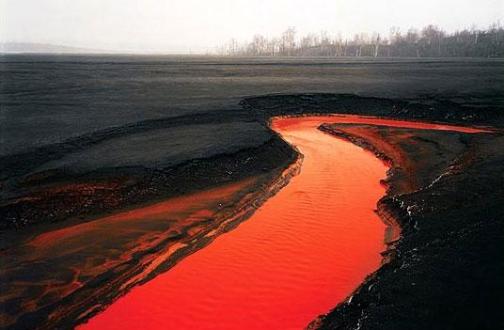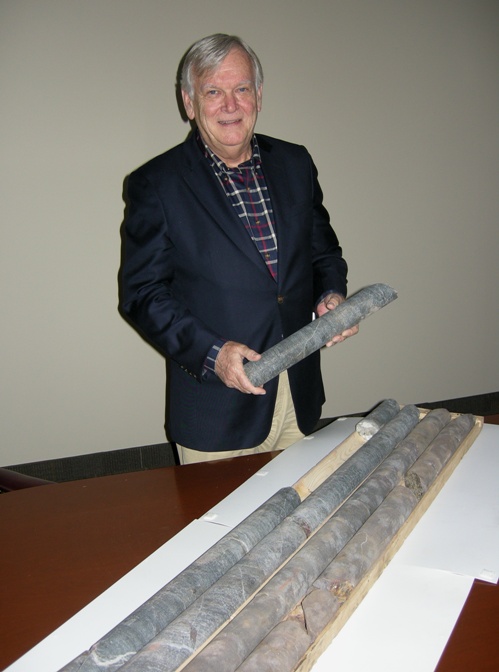
The Sudbury Star is the City of Greater Sudbury’s daily newspaper.
The recent announcement by American-based Cliffs Natural Resources to temporarily halt its chromite mining project in Ontario’s Ring of Fire camp was met with flying accusations of fault by many politicians affected stakeholders, environmental NGOs and First Nations communities.
There certainly is plenty of blame to go around including the company itself – stubborn opposition to a more thorough environmental assessment demanded by First Nations – Cliffs’ inability to finance the project at the present time and most importantly a currently depressed metals market.
However, this might be a great opportunity to scrutinize the entire development and decide if Ontario has leveraged as many economic and value-added benefits as possible during the current commodity super-cycle and why a tiny country like Finland has been able to do much more with a significantly smaller and lower quality chromite deposit of its own.
But first some project background and geo-political analysis on the current state of global mining would be very helpful for Toronto-centric Premier Wynne and her largely southern Ontario cabinet.

























